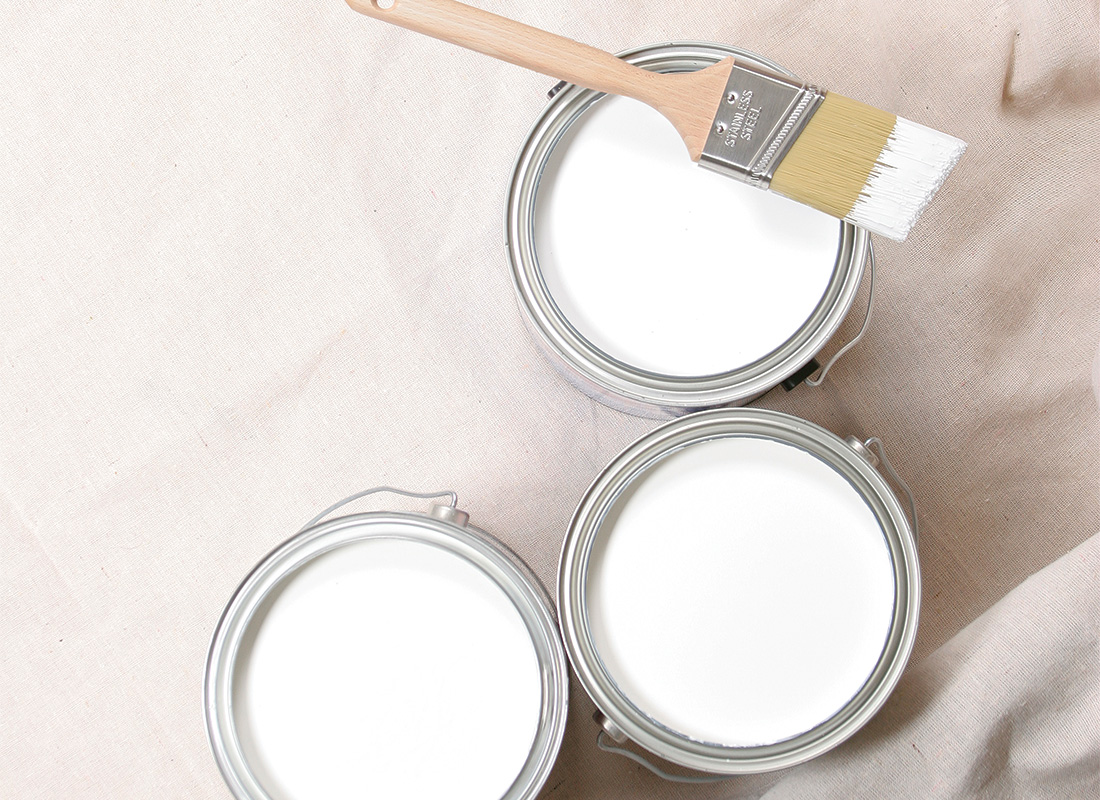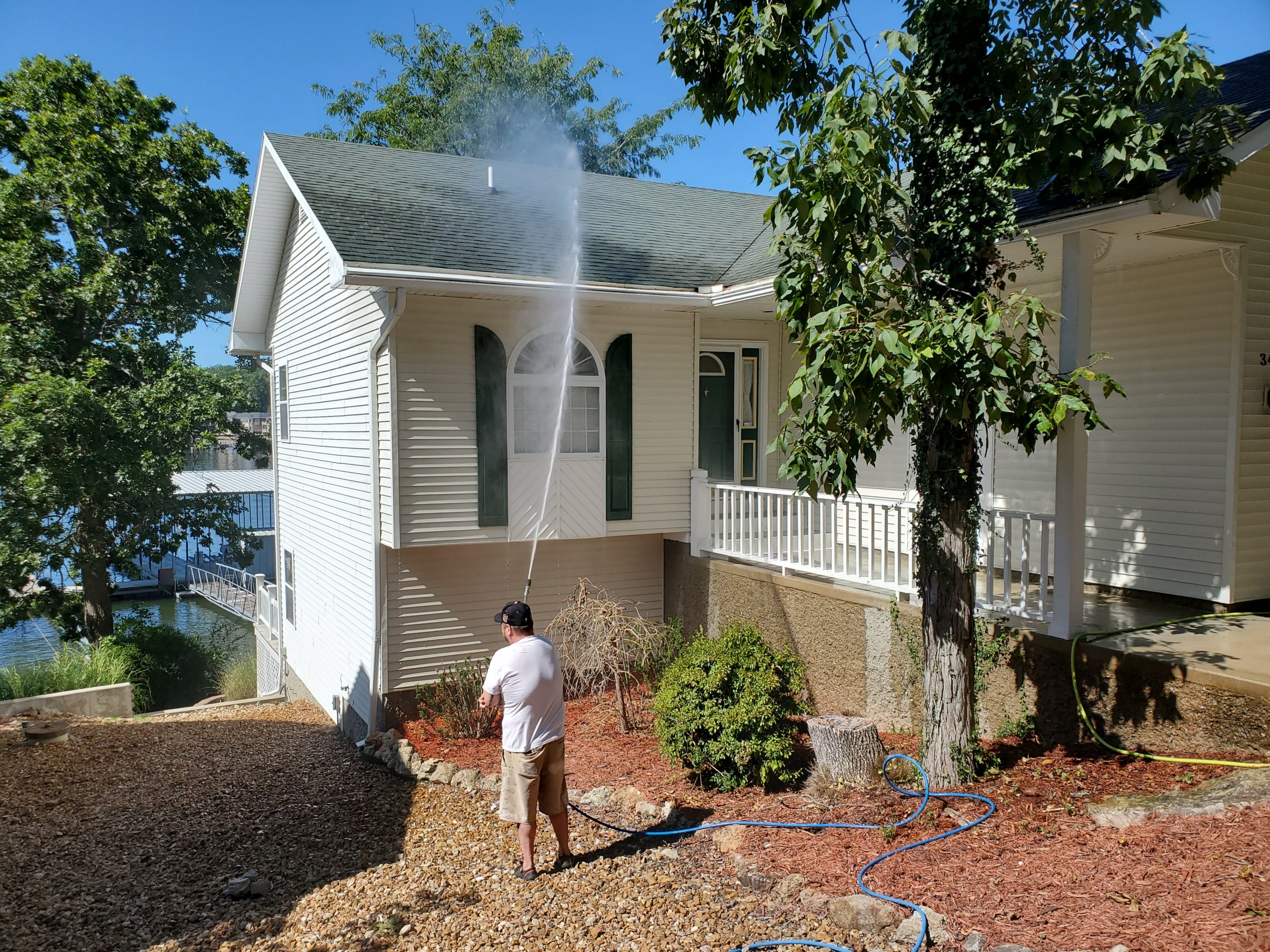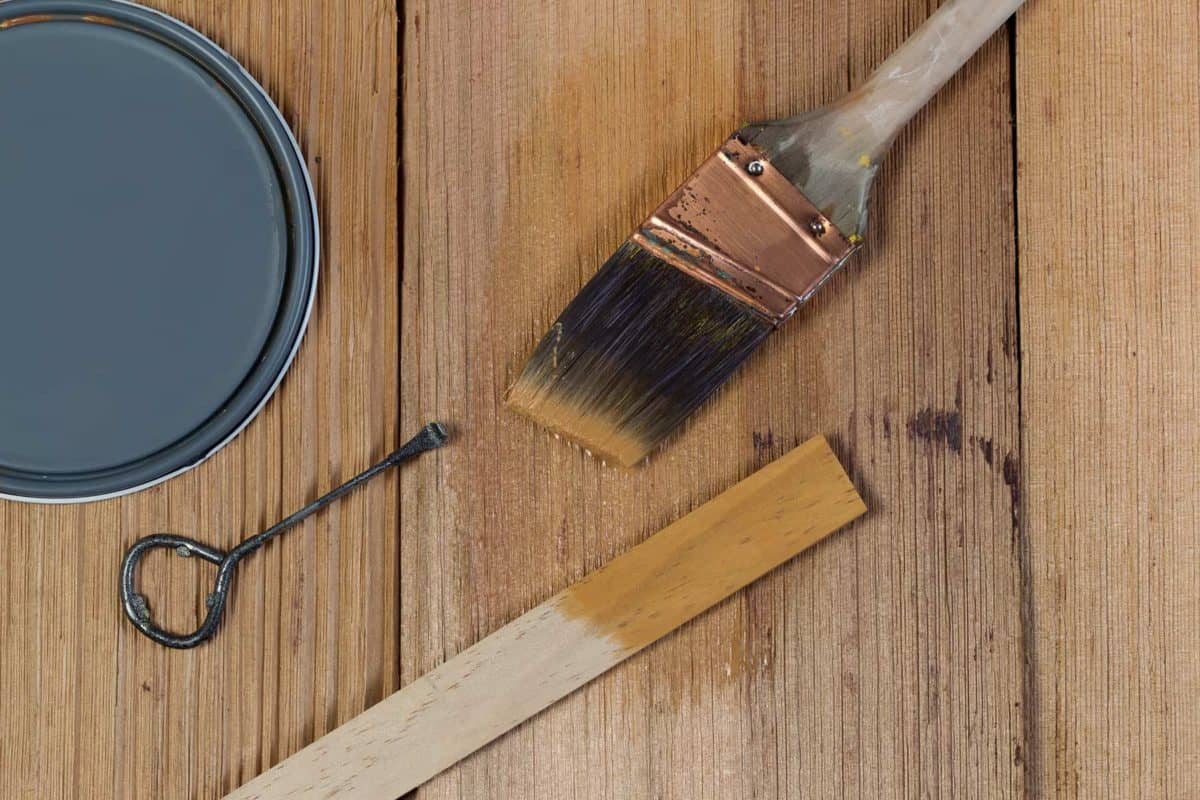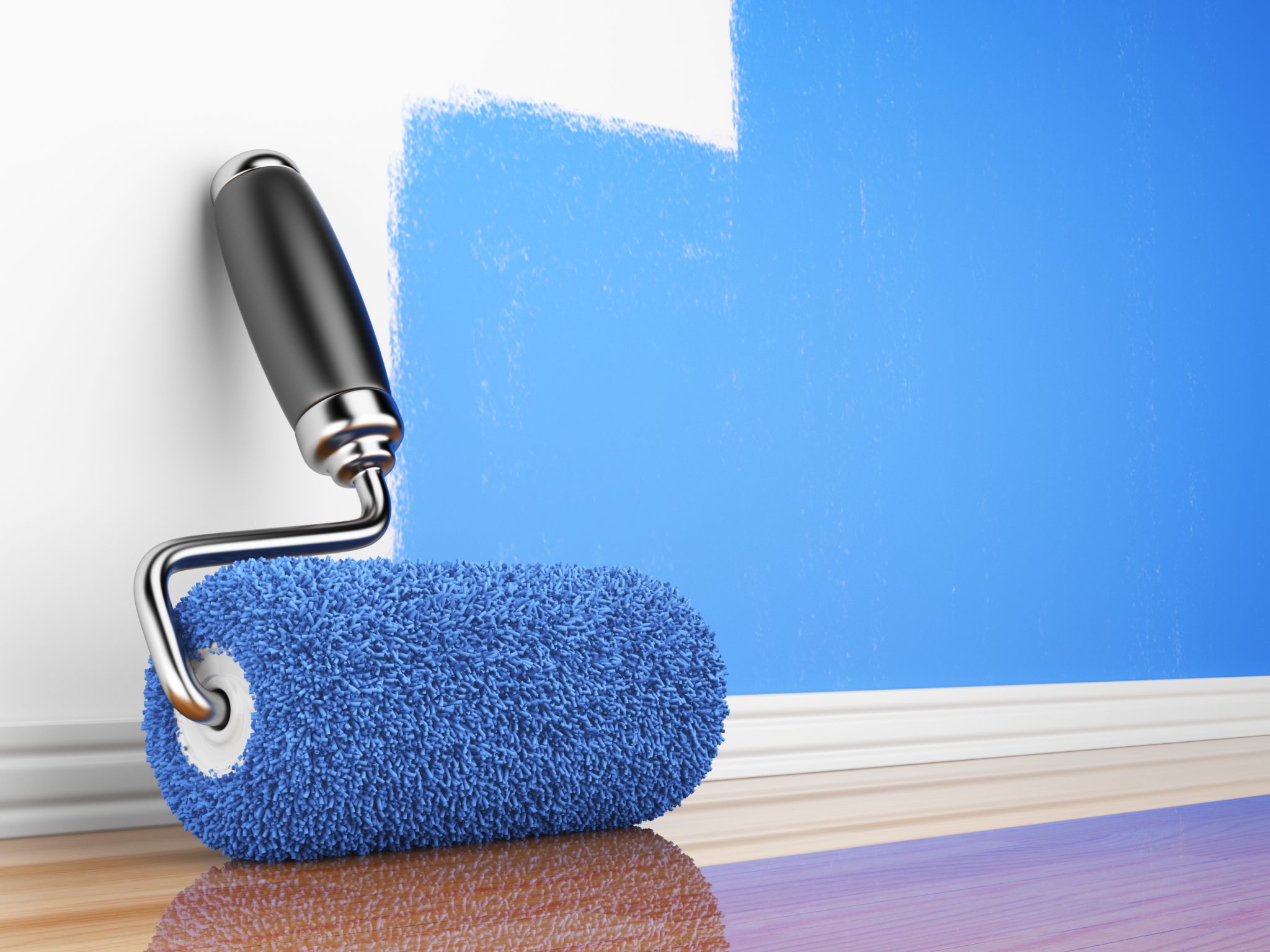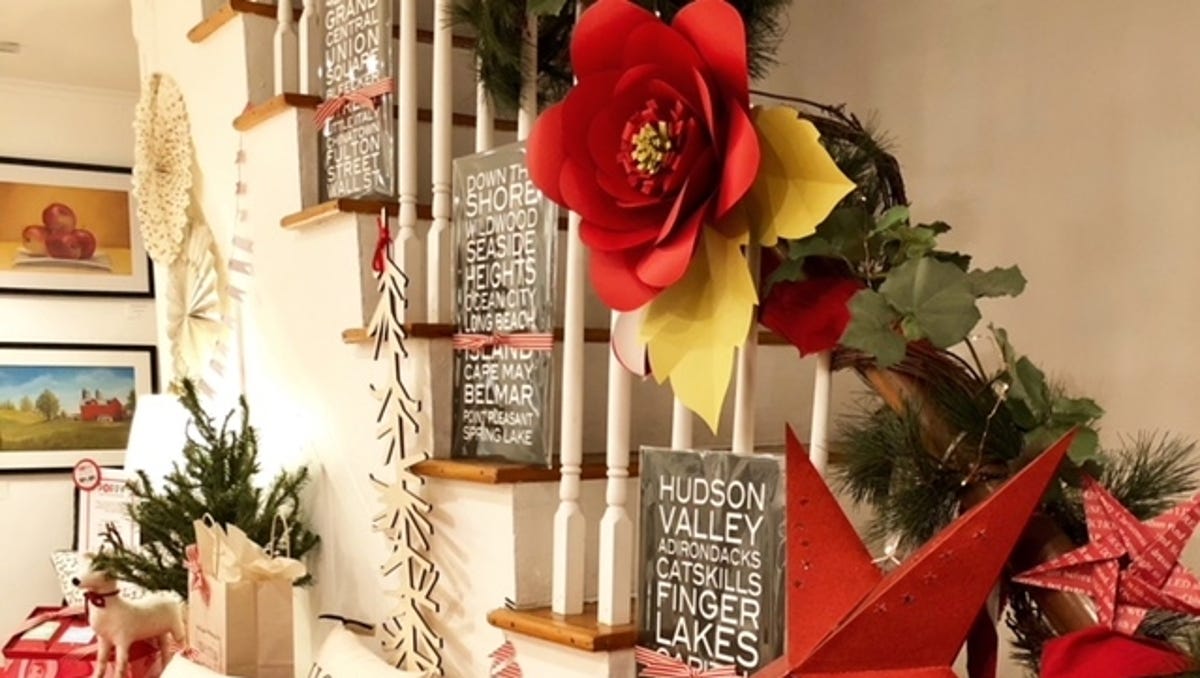There are two common types of paint that are used for interior and exterior paint jobs. Both types of paint have unique characteristics that make one preferable over the other. The kind of project you are working on will influence and determine what type of paint you should use. The two main types of paint are latex and oil-based. How do you know when to use which? Our professional painters in South Jersey outlined the differences and similarities.
Ease Of Use
Both types of paint have difficulties when applied. Generally, oil-based paints require more energy and effort to apply to a surface. Oil-based paints are more difficult to spread on a surface due to their composition. Oil paints are a lot more viscous and thicker, which require multiple brushes to be used. Oil paints take longer to dry as well. On the other hand, latex paints are a lot thinner, which results in an easier spread and less equipment use. Oil-based paints require a good primer as well. Latex paints don’t require a primer, but it is still strongly recommended to prevent a failure to adhere to the surface.
Chemicals Used
Both paint types offer similar colors that can achieve various looks for your home. Each paint type differs based on its chemical makeup. In particular, both paint types use different chemicals to bind to surfaces. Latex paints use an acrylic mixture that acts as a binding agent for the paint. The acrylic binding element is non-toxic and very flexible which makes it a popular choice for areas exposed to intense temperature changes. Oil-based paint uses a form of oil as a binding agent. Oil-based paint is quite thick and more susceptible to issues such as mold.
Durability
Each type of paint has different degrees of durability. Oil-based paints are harder to work with, but offer a higher degree of durability. Oil-based paints are a lot more resistant to stains but are more prone to cracking over time. Latex paints stain very easily but rarely crack or peel over time if applied correctly. Oil-based paints are the go-to choices for high-traffic areas like bathrooms, trims, and exteriors. Latex paints are used for other interior rooms and are easier to clean if an issue occurs. Oil-based paint requires a lot more effort to clean and heavy-duty solutions.
If you have any questions or concerns before starting your next project, reach out to Rainer Painting at 856-786-8121!

